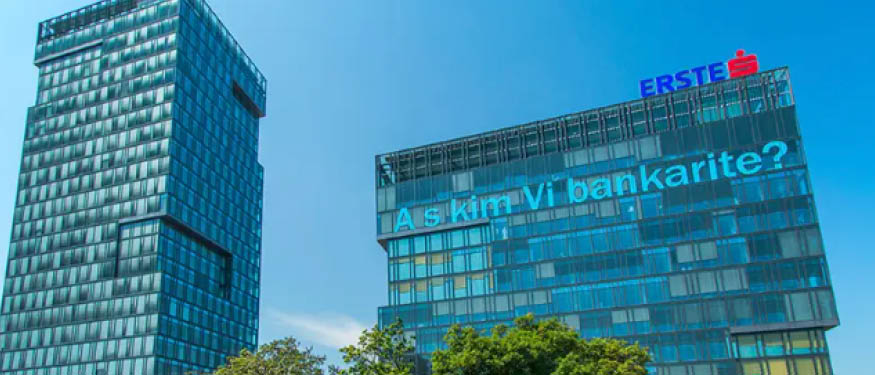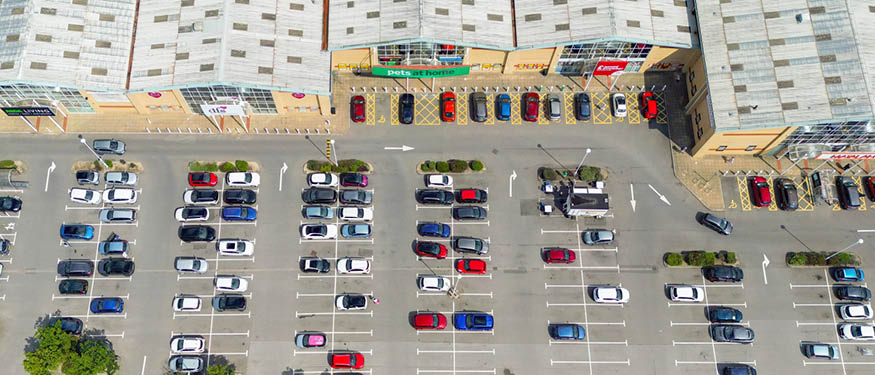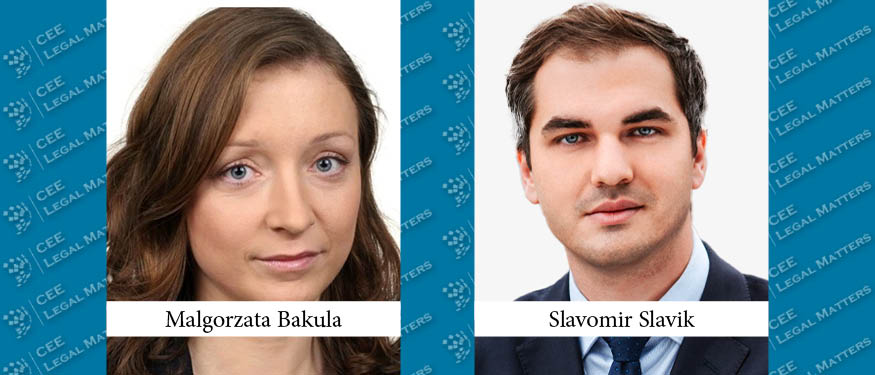In our new The Confident Counsel feature, prominent CEE law firm consultant Aaron Muhly will share his thoughts and suggestions on ways lawyers in the region can communicate more effectively, and more profitably, to clients, colleagues, and peers.
Sidebar
Navigation

 CEE Legal Matters
In-depth coverage of the news and newsmakers that shape Europe's emerging markets
CEE Legal Matters
In-depth coverage of the news and newsmakers that shape Europe's emerging markets
01
Tue, Jul
109
New Articles















